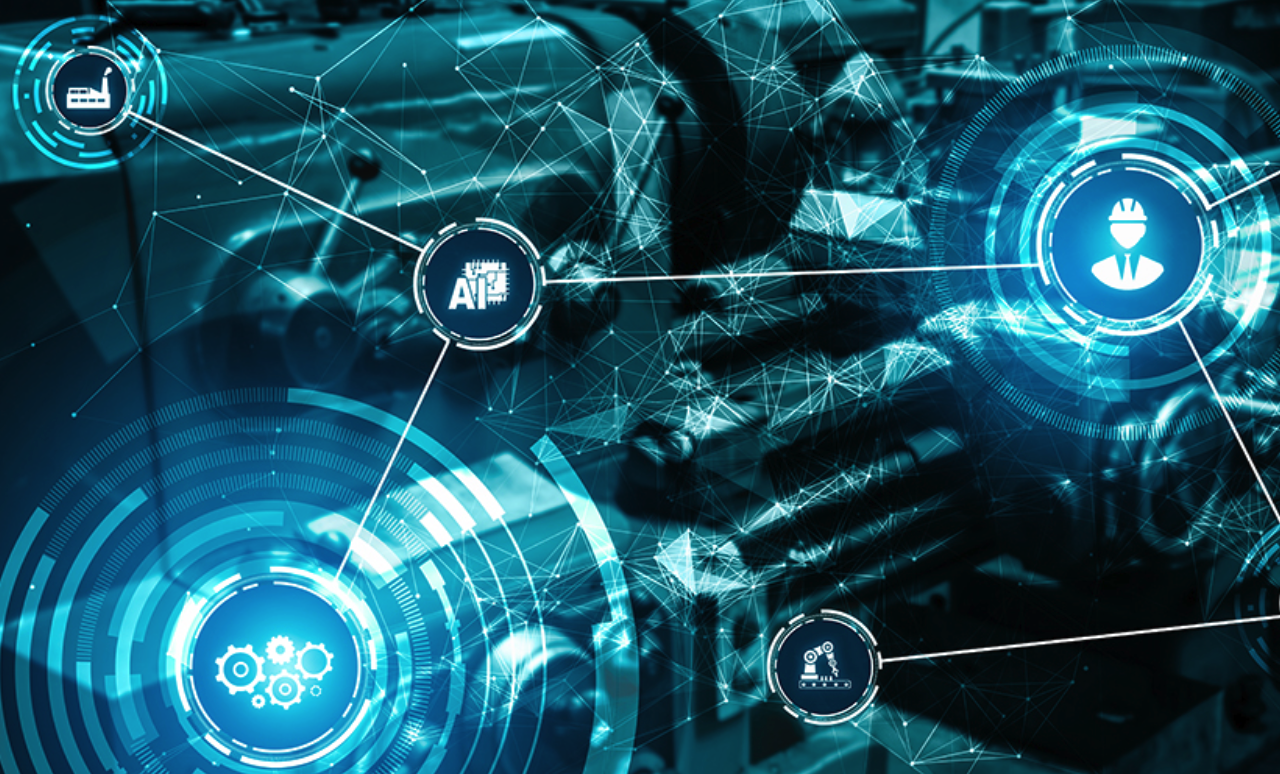Digital Twins are on the Rise to Mitigate Risk
Identify Issues Before They Happen with SAP Digital Twins
Meet the Authors
Key Takeaways
⇨ Digital twins have evolved with cloud services, removing some of the cost and making them more accessible.
⇨ Digital twins can significantly improve an organizations data driven decisions.
⇨ Tactical decision-making is of significant importance in today's unstable supply chains.
Digital twin technology is on the rise as operational risks increase and companies search for greater efficiencies. Enterprises are discovering more uses for the data digital twins can generate from a variety of business scenarios.
Companies are struggling to make their supply chains resilient. With recent port congestion, freight delays, labor shortages, material shortages, and volatile demand, business as usual is not an option. Pressure is increasing to build supply chain robustness and agility to guard against these uncertainties. Digital twins help analysts understand operational processes and supply chain behavior.
What Is a Digital Twin?
A digital twin is a virtual model of a process, product, or service. Using Industry 4.0 technology it combines data, machine learning, and the Internet of Things (IoT) to optimize, innovate, and deliver services. Digital twins show 3D or 4D spatial data delivering real-time conditions, diagnostics, and predictions to identify problems before they occur. Supply chain digital twin technologies can include:
- IoT sensors
- Logistics and transportation data
- Operations data
- Vendor information
- Customer use cases
How do Digital Twins Work?
- Research is done on the physical object or system to be mimicked.
- Integrated sensors are input to collect data about the object or system.
- Collected data is integrated into a virtual model with artificial intelligence (AI) algorithms.
- Data scientists and engineers apply analytics to the models to gather relevant insights.
Digital Twins Have Evolved
- Cloud services with affordable computing and storage, remove some of the cost of creating simulations with more variables. Sophisticated cloud services are making machine learning (ML) more accessible.
- Data sources and sensors create real-time measurements. More variables lead to smarter, more predictive, and more precise simulations.
- Smart modeling enabled by the cloud with constantly refreshed data refines the models.
The increasing volume of data provided by a more connected world is beneficial for a deeper analysis of supply chains. Digital twin technology can gather data like route disruptions probabilities, supplier risk data, and disruption detection data. This is possible because of online risk databases, loT sensors, track and trace systems, and RFID. These resources are then embedded into simulation models that can identify critical hotspots and provide timely alerts about potential disruptions. This real-time supply chain risk modeling constitutes a digital twin.
Digital twins can significantly improve an organization’s data-driven decisions. The virtual representation combines three types of information: business data, contextual data, and sensor data. They are commonly linked to real-world equivalents and are used to understand the physical state of an object, respond to changes, improve operations, and add value to the systems. Simulation models allow dynamic observations of important risks related to key performance indicators (KPIs). These KPIs can include supplier reliability, time to recover, ripple-effect performance impacts, fill rates, and overall system resilience. Organizations can now consider and analyze all the details and specifics of supply chain elements for end-to-end visibility.
Examples of simulation modeling to provide decision support are:
- When does one failure trigger additional failures?
- Which areas are sensitive to a ripple effect?
- What scenarios are most likely to occur and what is the most efficient way to react?
There is an emerging trend to create digital twins that represent the entire enterprise to deliver more consistent services and enhance the overall customer experience. Digital twins and a network of digital twins, are a game changers for how companies can generate revenue and provide value. They help to visualize the invisible so projects can meet future goals.
Benefits of digital twins include:
- Predicts resiliency. Ability to simulate conditions quickly for scenario planning and data driven decisions.
- Supports sustainability. Provides new builds or existing structures with an environmental solution.
- Identifies efficiencies. Ability to understand a physical object holistically, to identify where gaps exist.
- Monitors productive maintenance. Tracks, stores, and monitors data components for operations.
- Senses and tracks energy use. Monitors real-time human interaction with an asset.
- Tracks materials for sustainability. Ability to track materials and their properties relating to sustainability.
Benefits digital twins in supply chains offer are:
- Overall process optimization. By understanding patterns and model outcomes of modifications in different processes, you can react quickly and mitigate risk factors.
- Identification of bottlenecks. Having an end-to-end view of processes and bottlenecks, it will facilitate more agile problem resolutions with little human intervention.
- Transportation and facilities planning. By accessing how changes in demand and supply affect the supply chain’s physical locations and transportation resources you can improve logistics.
- Inventory optimization. By using the digital twin to input data from demand forecasting it is possible to avoid stock-outs and minimize overall costs of production and warehousing.
- Packing materials performance prediction. By utilizing digital twins to simulate package shapes and materials they can be evaluated for defects.
Digital twins are coming of age by:
- Improving R&D processes. Track and analyze data to discover how customers are using your products, identify defects, and enhance current processes.
- Reducing downtime and maintenance costs. By capturing performance data, issues can be identified, so predictive maintenance can prevent future problems.
- Improving the retail experience. Store operational equipment can be monitored to easily identify and solve immediate issues as well as long-term maintenance.
- Providing utility services. Gathering information from grid operations in utility services will allow you to create a digital representation to manage and maintain the infrastructure.
- Transforming travel and transportation. By combining spatial dimensions and weather conditions you have a holistic view of all traffic patterns or disruptions. This provides you visibility to track fleets of vehicles.
Optimization is a key driver today and where digital twins excel. They improve resiliency and test contingency plans. Tactical decision-making based on using simulation models is of significant importance in today’s unstable supply chain environment.
What Does This Mean for SAPinsiders?
- Create a strategy. Identify the purpose of your digital twin, and outline what you are trying to solve. Then build a roadmap for the integration of data, processes, technology, and organization based on current and future states. Digital twins are a business transformation so change leadership is a key for success, integrate metrics to measure both milestones and adoption curves.
- Clean the data. Ensure that you are using cleansed and harmonized data as the base for your digital twins. If data is extracted from several sources, it is important to clean the data by looking for duplications in data or missing data. Companies can leverage data mining tools that use AI and machine learning to enhance data quality. Real-time data can be the secret weapon to quickly identify inefficiencies and reduce risk.
- Explore technologies to boost performance and service. Take a holistic approach to review all the supply chain processes, then adopt emerging technologies to anticipate and respond to different risk scenarios. Use simulations to assess and draw insights from ripple effects and the connections between them, to form better priorities. Implement reporting with predictive capabilities enabling risk profiles, which change over time. Robust simulations lower the risk of disruption, making it easier to achieve targets like on-time deliveries to improve customer service.
- Evaluate the security. Creating digital replicas can open the box for privacy and cyber security, hackers could gain precise knowledge about complex proprietary systems. In addition, sensors that track real-world activities may leave workers feeling like they are followed with every step. It is important to evaluate your security policies to ensure that your digital twins are as well protected as your production systems. Develop a risk management regime and educate workers.









